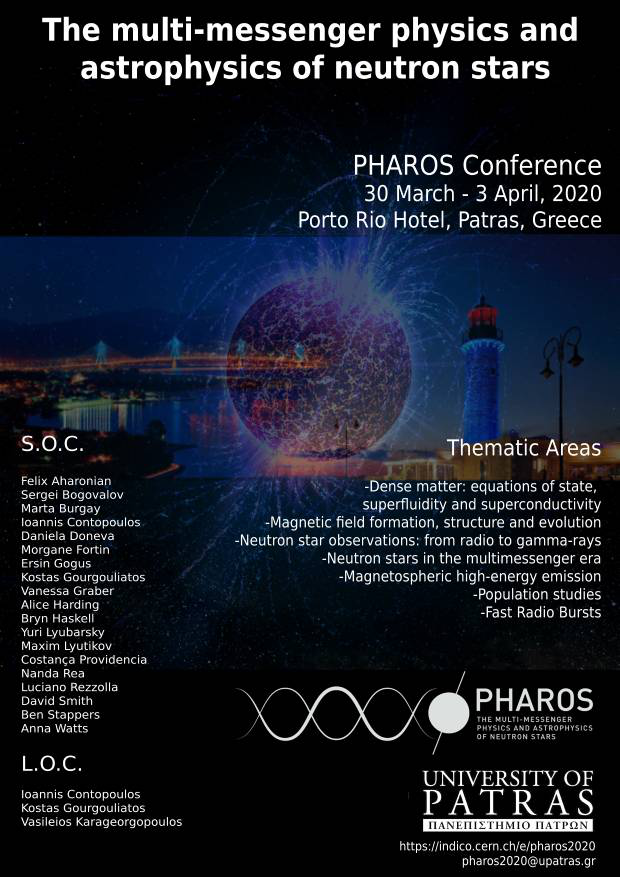Speaker
Description
Transitional millisecond pulsars can swing between a radio
pulsar behaviour and a regime characterized by the presence of an accretion disk. The observed multi-wavelength properties of the disk state are enigmatic. Most of the models proposed involve some sort of ejection of plasma, but the driving physical mechanism has not yet been firmly singled out. The recent discovery that in one of these systems optical pulsations are emitted, closely tied to X-ray pulsations, strongly suggested that a radio pulsar is active although
with peculiar properties. We proposed that optical and X-ray pulses are produced from the intrabinary shock that forms where a striped pulsar wind meets the accretion disk, within a few light cylinder radii away, ∼100 km, from the pulsar. I will discuss the assumptions and implications of this model, as well as its possible application to other astrophysical systems.

